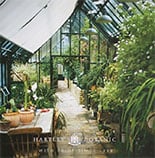I have to be honest I usually find February a bit of a challenge. Of course, I know that spring is much closer, but February is still winter here in the UK and it’s still a bit early to be actively gardening.
Even so, any sunny day provides a window to do a little outside and I’ve worked out a way to get through this short, but often murky month. I am changing my approach to February and I am embracing it as fantastic and fabulous. It’s an opportunity to prepare, plan and plant and so that is the plan. This year I am using February to get growing a bit earlier, to plan and plant with hope for a better future, to grow more to eat and to grow and garden to support the wildlife.
Greenhouse Growing
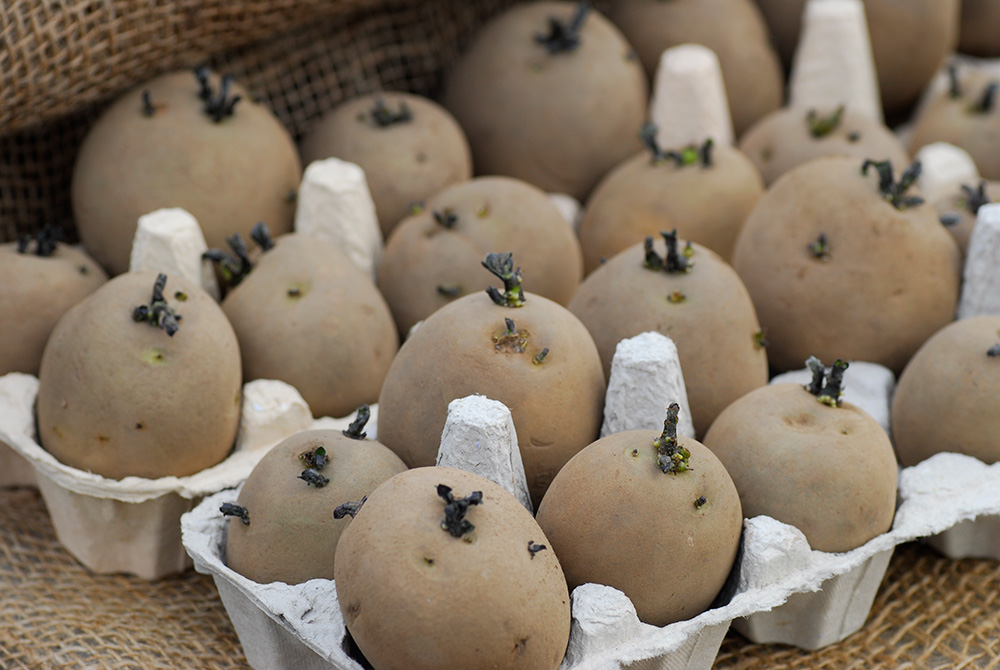
c. Martin Mulchinock
I have a foreboding feeling that we are all going to need to be a bit more self-sufficient and so I am planting more to eat this year starting with spuds (potatoes). I grow in large raised beds and I don’t usually grow potatoes in them, but this year I am going to intersperse a few seed potatoes underneath my top crops. So, under things like the runner beans and courgettes and peas and broadbeans. By the time the top crops have finished the spuds will be ready to harvest. So, I am chitting a few seed potatoes in the protected greenhouse.

c. Martin Mulchinock
My greenhouse extends my growing season and allows me to start a few edibles off a bit earlier but it helps me support pollinators too by allowing me to force some spring plants into flower a bit earlier. That means if there’s a warm spell and insects start emerging earlier than the plants they normally feed on, then there are some nectar rich plants in flower. Pots of lungwort and crocus are a good choice and can be moved outside as they start to flower and put back into the greenhouse if the weather deteriorates. It’s not just us that needs feeding.
Bird Care
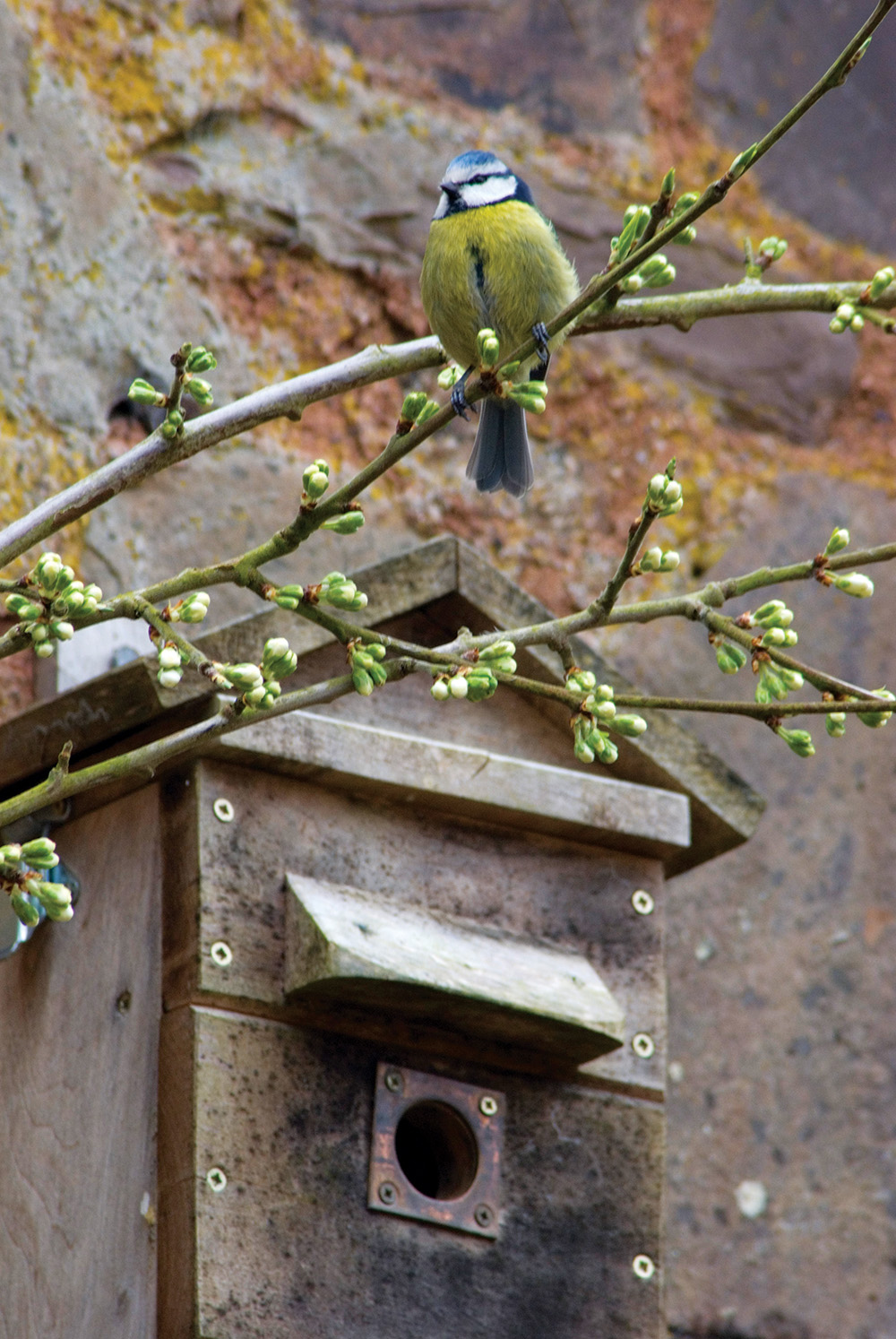
c. Martin Mulchinock
February is a great time to make sure your bird feeders and bird tables are clean and hygienic. Many bird diseases are spread easily at communal feeding stations. Bird baths and nest boxes need cleaning too. Make sure there aren’t any early birds nesting before you get started. Wild birds are already searching for nest sites. Open up your nest box and remove any old nesting material. You can pour boiling water inside to wash it out, then let it dry out. It’s a good opportunity to fit a metal nest box plate to protect your birds from predators and fix any holes or cracks that might let the weather in. Aim to get your nest boxes back in place for Valentine’s day ready for nesting season. Bird baths and bird tables can be scrubbed clean and then sprayed with special wildlife disinfectant to ensure that they are safe for your feathered friends. And don’t forget insect eating birds eat some of the bugs we don’t like and that they feed their chicks caterpillars. So don’t reach for the spray when you see caterpillars, these are food for baby birds and if the caterpillars survive, they become butterflies and moths, which in turn are precious pollinators.
Free ‘Pest’ Control

c. Jean Vernon
We all love a bargain, but imagine there was free ‘pest’ control for your garden. Well, there is. It’s called bug eat bug and it’s all about harnessing the power of nature. Everyone knows (I hope) that ladybirds and their larvae eat aphids. But did you know that beetles eat slugs and slug eggs?? And the simplest way to get more beetles (no you can’t buy them), is to make sure there is a good healthy supply of rotting wood in and around your garden. That could be a dead hedge, or a log pile or even a shallow trench lined with sticks. The beetles lay their eggs there, the beetle larvae eat the rotting wood, helping it to break down and then the beetles eat the slug eggs. And the beetles and beetle larvae are food for other precious creatures like hedgehogs.
And don’t forget the wasps. Right now, just like the bumblebees and hornets, the only ones alive are the already mated queens that hatched last summer. They are overwintering around the garden ready to emerge in spring and start building their nests. Before you squeal in fear, wasps feed many of the ‘pests’ we don’t want in our garden to their babies. They clear our plants of aphids and caterpillars for baby food. It’s a powerful and free pest control.
Compost Central
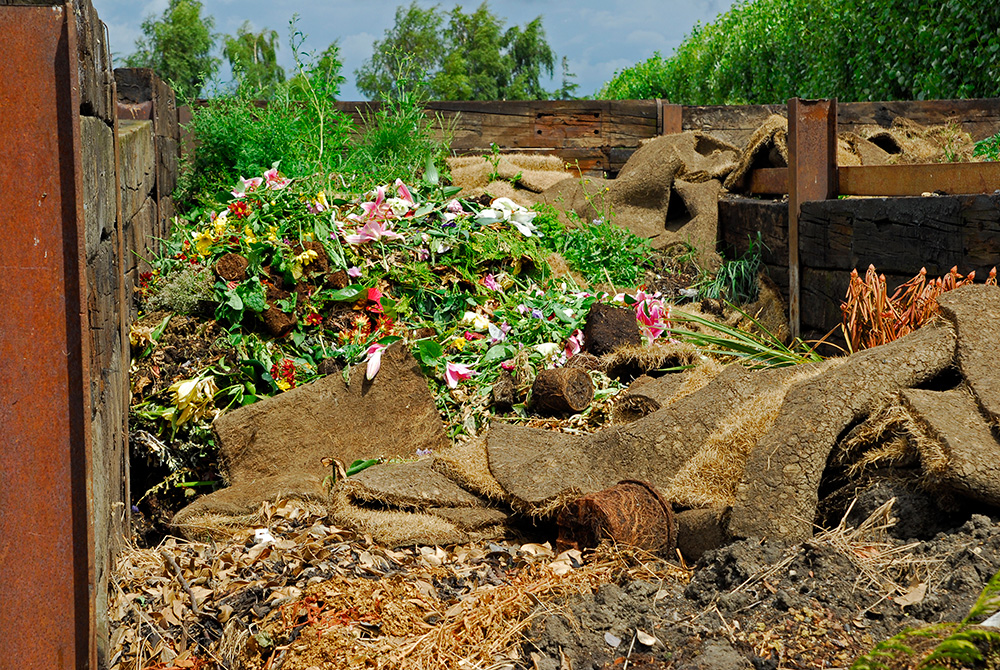
c. Martin Mulchinock
I think I’ve got a bit of a problem when it comes to making garden compost as it’s not compost corner in my garden but compost central. And by that, I mean I have a lot of compost systems all recycling as much as I can from the home and the garden.
I absolutely love digging it all out when it’s ready and piling it onto my raised beds. It feeds the soil and my plants without the need of additional fertiliser. And it’s free!
But you know a compost system is more like a giant ecosystem because it relies on so many organisms, creatures and mini-beasts to succeed. It’s like a web of life as everything feeds in layers; the microbes and fungi feed on the deadwood, many of the mini beasts feed on dead and decaying leaves and matter and then the bigger things like the insect eating birds get to feed on the mini beasts and worms. It’s like feeding time at the zoo in very slow motion. And it’s wonderful. So, the plan for Feb is to expand compost central and add even more composting capacity to my plot. I’ve got out of the habit of using a Bokashi bin because a lot of the ‘waste’ from the kitchen (and there’s not a lot) goes out to my chickens, who in turn make eggs and augment the leaf litter in their house with nutrient rich poo. This mix of fertilised leaves goes into the compost system and eventually feeds the soil that grows the food. And they get all the outer leaves and veg trimmings to add vitamins to their diet. I’ve already rescued a few more hens so hen central is very much raring to go. And that means I need more composting capacity, so watch this space.
Wildlife Hedge
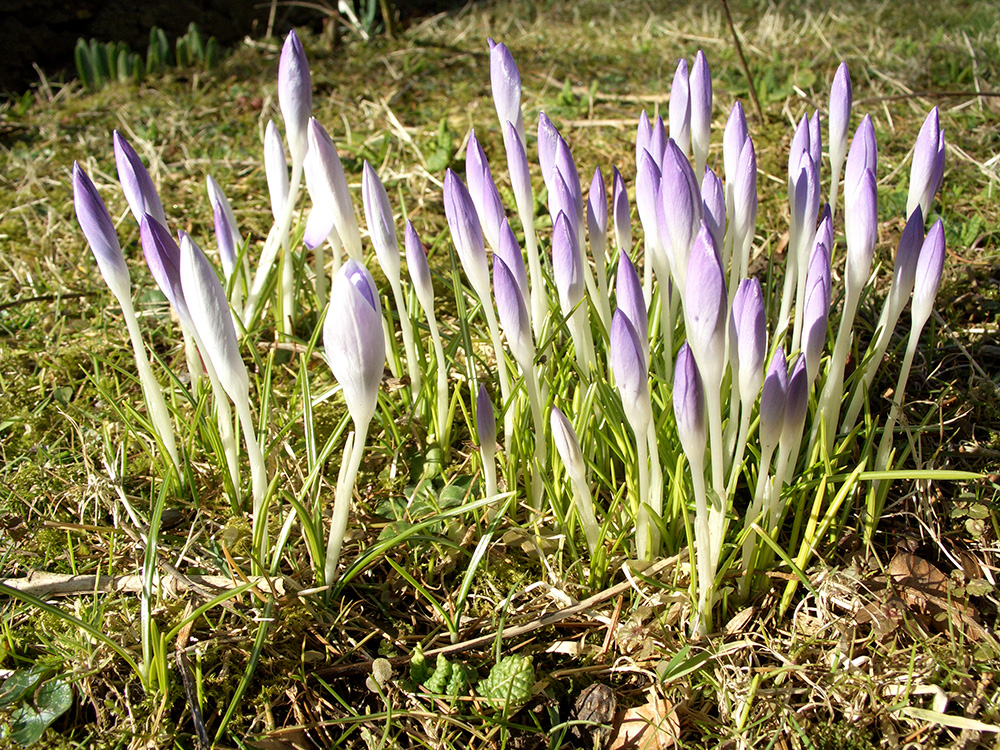
c. Martin Mulchinock
I’ve been working on filling out a wispy hedge boundary with clippings, prunings and twigs to create a sort of dead hedge. Unfortunately, I forgot to inform my under-gardener and he very helpfully tidied it all up. But that gives me the opportunity to rethink the boundary and make it better for wildlife. And that means planting things that provide roosting sites, nesting sites and natural food for insects, birds, and more. I want something that has nectar rich flowers to feed the pollinators and that fruits in some way. I’ve got two things in mind. First crab apples. If you have any apple trees in your garden, having a crab apple provides a powerful pollinator partner for those trees and timely food for the solitary bees that nest in your walls and insect houses. I am ordering three European crab apples Malus sylvestris and planting these into my wildlife hedge. I can’t wait to see the soft pink, single flowers in the hedge and know that I am feeding the bees. Plus, I love making crab apple jelly. I won’t pick all the fruit; the birds will get their fair share too. So, everyone is happy. And I’m going to add a cherry plum (Prunus cerasifera) to the mix. These are ancient hedging trees, that form dense boundaries, ideal for birds to nest and the flowers are very rich in nectar and nice and early for the early emerging pollinators. What’s even better is that I can buy bare root trees right now and get them planted before spring starts in earnest.
What are your plans for February, I’d love to know.









